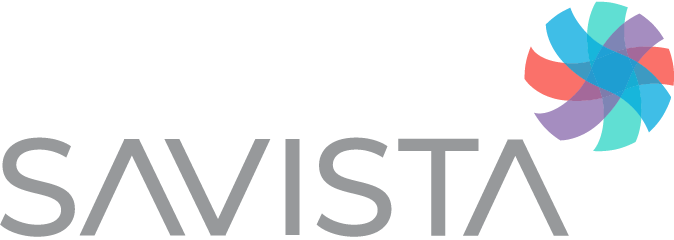Healthcare providers can relate to the huge investment of a new patient accounting system, or PAS. The time, money and resources required plus the expected dip in financial performance during transition – it’s a lot. Which makes managing the dip and reducing recovery time after go live a primary goal. Without revenue cycle management strategies, unforeseen issues present so even the dip management plan must be reengineered.
Preempt one critical issue. Build a charge description master (CDM) conversion strategy to secure a healthy financial structure for the new PAS.
New PAS Leaks Money Without a CDM Conversion Strategy
It’s easy during a conversion to back burner the CDM amidst competing priorities and exhausted resources. Simply moving a legacy CDM to a new system is extremely risky and a major source of downstream money hemorrhages:
- Missed charges
- Incorrect coding
- Unexpected revenue swings
- Higher denial rates
Few system conversions support a one-for-one crossover of charge items. Often, the high price departments, such as the OR, anesthesia, and surgical recovery, use different charging structures. The legacy system might be based on flat rate case rates instead of the time and acuity-based structure common in modern patient accounting systems. Even if the legacy system does use time and acuity, the increments or level definitions may change in the new system, requiring a comprehensive analysis to ensure revenue integrity.
Different systems handle charge categories in different ways. For example, routine supplies, bundling or unbundling of items, add-on charges and sub-system management can all have drastically different structures depending on the PAS. Failure to recognize these nuances and address them could result in lower gross and net revenue, or higher compliance violation risks.
Initiating a CDM assessment prior to conversion also offers the opportunity to realign charges with your competitors, increase defensibility of charges, and strategically adjust charges to drive market share.
Build a Powerful CDM Strategy
Savvy hospitals and health systems perform a charge description master evaluation and build about 6 to 12 months before PAS go live to develop defensible pricing and comprehensive charge capture. Though it is possible to evaluate and build a CDM strategy in-house, most invest in partnering with a revenue cycle management vendor specializing in CDM strategy to ensure optimal outcomes.
How to:
Conduct a CDM review:
- - Charge descriptions are analyzed for accuracy.
- - Codes are appraised for correctness.
- - Data integrity is evaluated to determine system performance.
- - A comprehensive legacy to new PAS crosswalk is created.
- - Pricing is benchmarked and adjusted as necessary.
Identify specific, actionable items, including:
- - Non-coded charges
- - Charge structure changes and the resulting price adjustments
- - Conversion of pharmacy/supply subsystems
- - Appropriate charge bundling
A powerful “best practice” CDM strategy includes:
- - Review of all line items – not a sample eval
- - Standardization of charges and pricing across the organization
- - Pricing benchmarks from similar hospitals/health systems across the U.S.
- - Assessment of your financial goals and recommend revenue optimization opportunities to achieve them
- - Evaluation and adjustment of your CDM to withstand compliance scrutiny
A CDM Conversion Strategy and Build Leads to PAS and Financial Success
The charge description master is the foundation of a healthcare provider’s revenue cycle. When embarking on a PAS conversion, be proactive and commit to a CDM conversion strategy before go live. Your organization will strongly benefit from a clean CDM that offers complete and compliant charge integrity, gross and net revenue consistency, and appropriately adjusted pricing. Your compliance risk will be minimal, revenue will be optimized, pricing will be defensible, denials will decrease, and both your staff and patients will experience greater satisfaction.
To learn more about how a CDM conversion strategy is a critical investment to achieve financial strength and stability during a PAS transition, partner with a vendor using sound revenue cycle management strategies. Contact our CDM experts at Savista today.
CDM SERVICES
Ensure a Healthy Bottom Line
Proper CDM setup and maintenance is especially important as you face declining reimbursements and rising scrutiny of charging accuracy, pricing transparency, and justification. However, a best practice CDM requires time and resources that most providers simply do not have.


